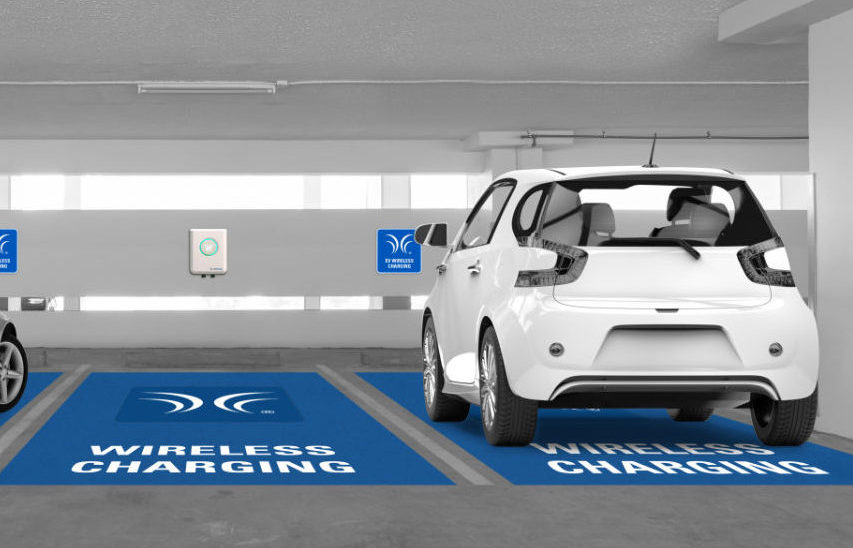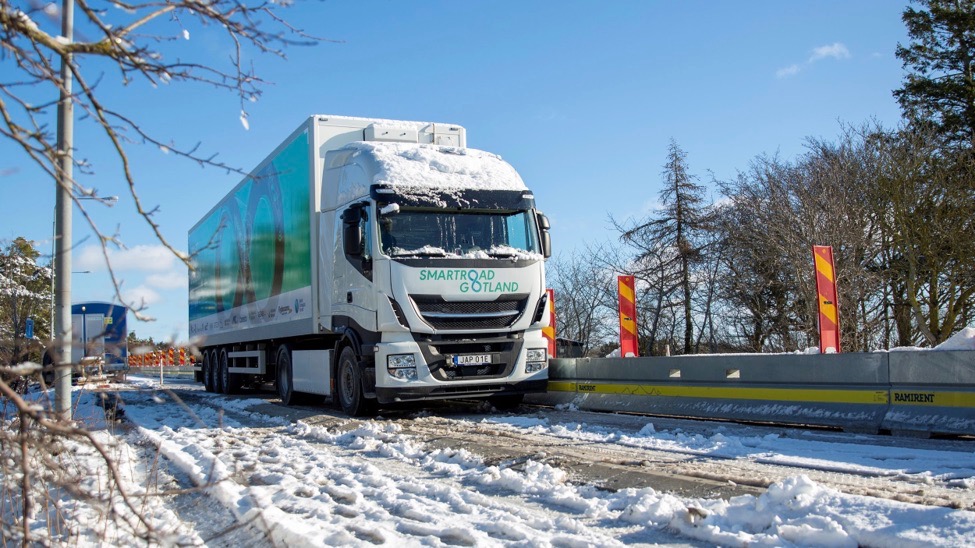Don't count GM's chickens before they hatch.
They're the butt of all jokes in the automotive world - for bungling Cadillac as a brand for the last 30 years, engine/general reliability/quality issues, squandering their lead in the EV market early on, etc. But definitely have an opportunity to turn around here. The difficulty they have is a lack of agility. Such a large corporation with moving parts a plenty. Very slow to react to market demands. They're known to put out a decent product and let it rot with a lack of updates (see their entire car/non-suv lineup) so they'll need a better approach with this EV launch.
For as much as Tesla and Musk bother me, their strategy is a winner. A focused lineup of vehicles, consistent development and updates (primarily OTA), and a streamlined buyer experience. AND coupled with a charging infrastructure plan that is leagues ahead of anyone else right now.
Biden has announced plans to electrify the federal vehicle fleet and GM would be wise to get in on that too.
It's just a very interesting piece of the puzzle. GM doing this is a "Man bites dog" story. Especially since GM 'lacks agility' and is historically 'slow to react to market demands'.
If THEY are doing that, it really shows paradigm changes occurring at a much faster rate.





